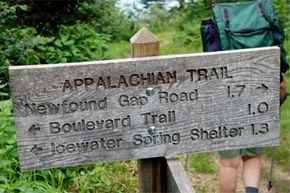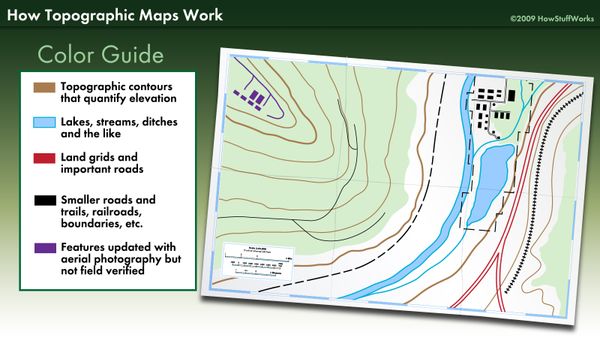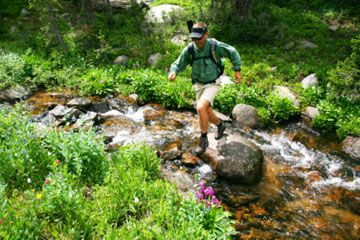Winding its way over more than 2,000 miles (3,219 kilometers) from Maine to Georgia, the Appalachian Trail is one of the nation's best-known footpaths. Protecting that long, gorgeous walk in the woods united the three men who ultimately founded the American Hiking Society in the mid-1970s.
The early 1970s saw its share of cultural change. In addition to the women's and the antiwar movements, the United States saw its first environmental movement [source: Kemsley, 2006]. Interest in backpacking took off, as did the popularity of snowmobiles, dirt bikes and off-road vehicles. Hikers found themselves jockeying for space with the riders of motorized sport vehicles on foot trails in national, state and local parks.
Advertisement
Meanwhile, the U.S. Senate was considering the Appalachian Trail Oversight Bill, legislation that would protect the future of the famous trail. Despite the interest in the environment at the time, it was difficult to rally support for hiking, as groups such as the Audubon Society, Sierra Club and National Wildlife Federation were involved with bigger projects [source: Kemsley, 2006].
However, three men -- William Kemsley Jr., founder of Backpacker magazine, Jim Kern, founder of the Florida Trail, and Paul Pritchard, executive director of the Appalachian Trail Conference (now known as the Appalachian Trail Conservancy) -- did go to Washington, D.C., to testify on behalf of the trail. Here, it became clear to the trio that there was a need for a national trails organization. Within months, they formed the American Hiking Society.
In October 1976, with a board of directors in place and certified designation as a nonprofit organization, the American Hiking Society became an official entity. Since its founding more than 30 years ago, the group has pursued three distinct paths, each of which ultimately helps to promote and protect U.S. foot trails. They are:
- Volunteerism and stewardship
- Policy and advocacy
- Outreach and education
Keep reading to find out how to join the only conservation-based, recreation organization in the United States.
Advertisement




